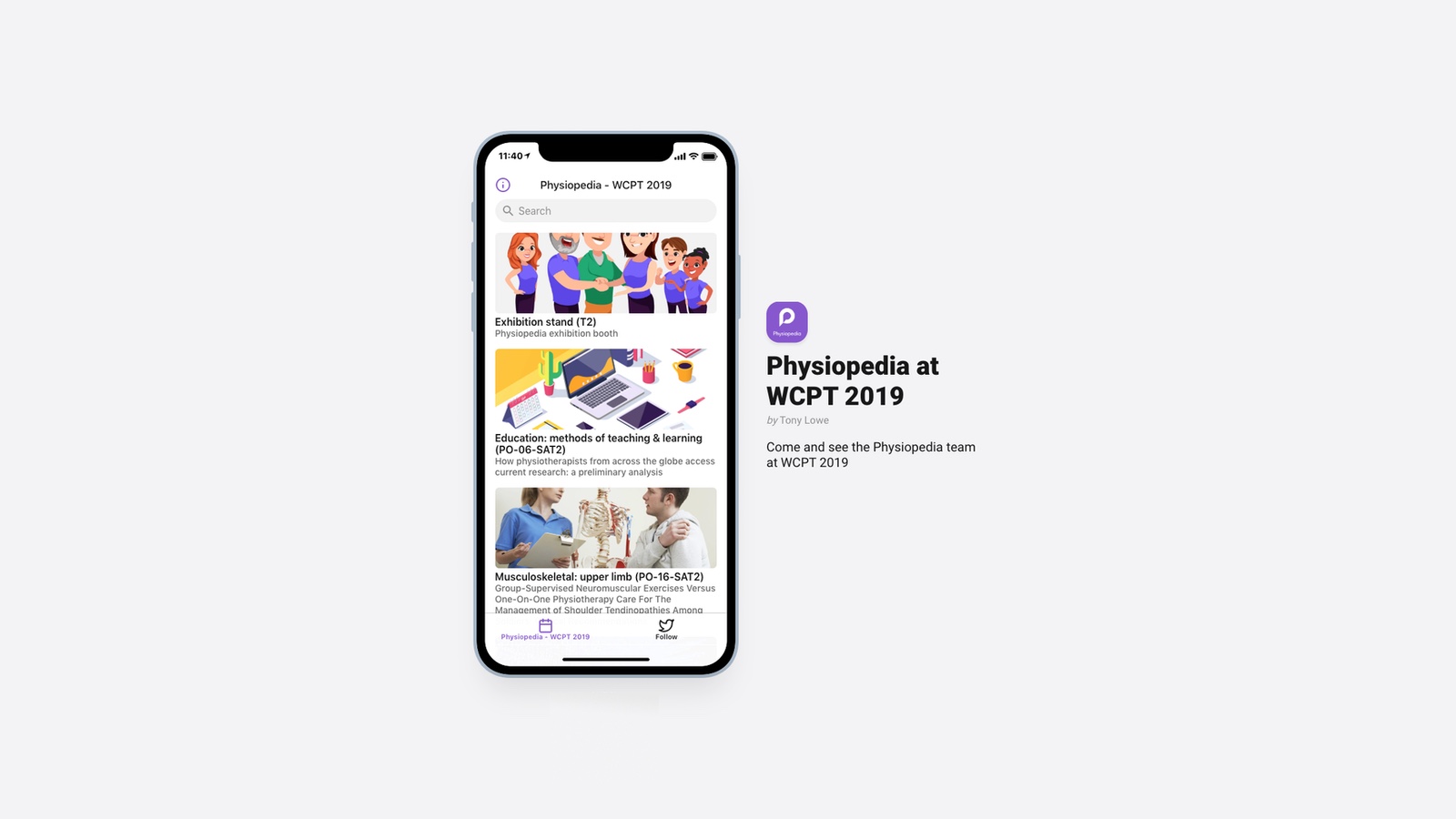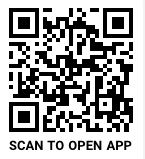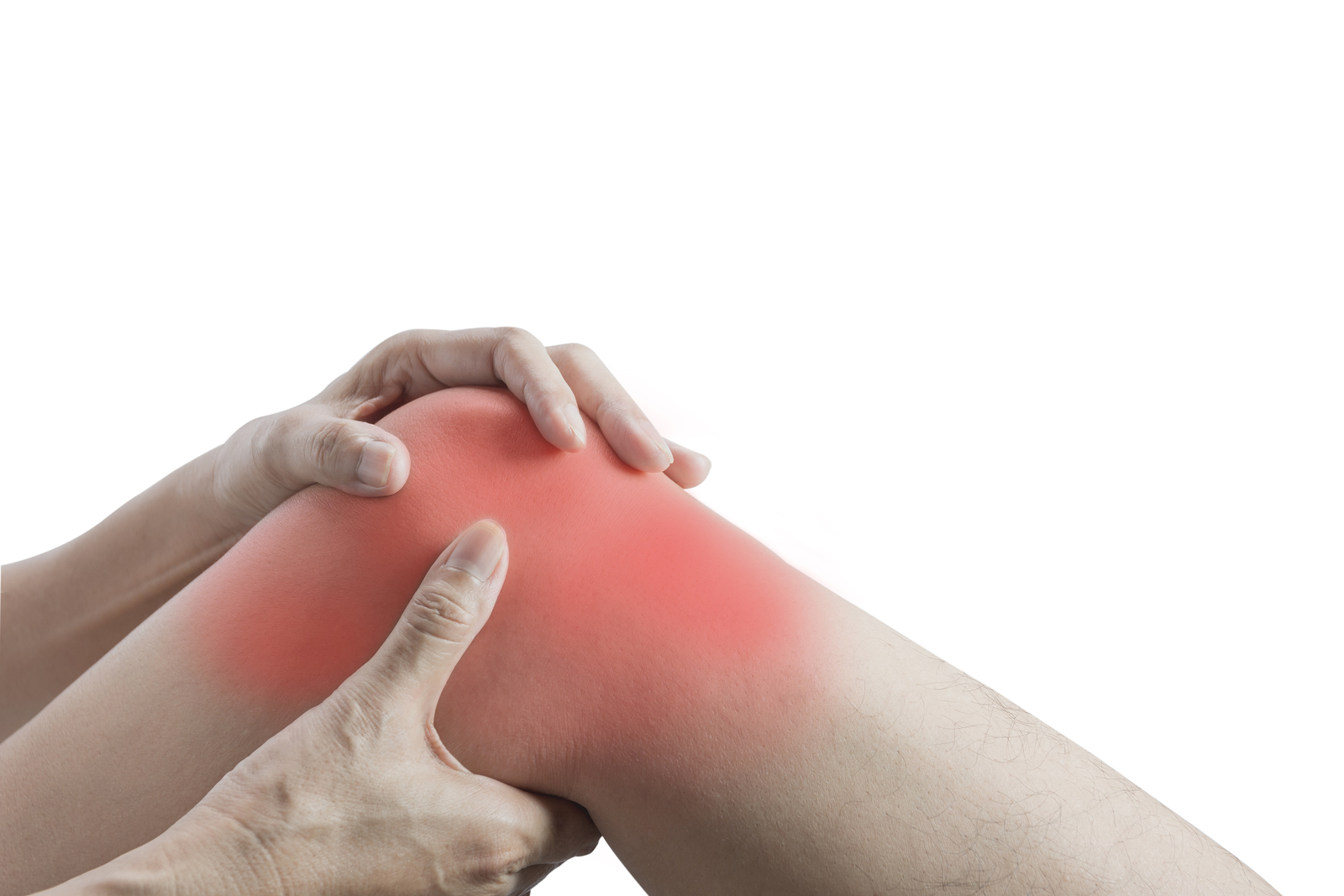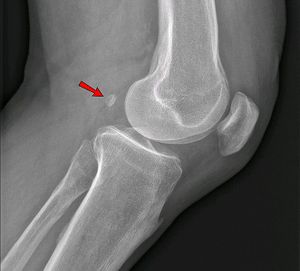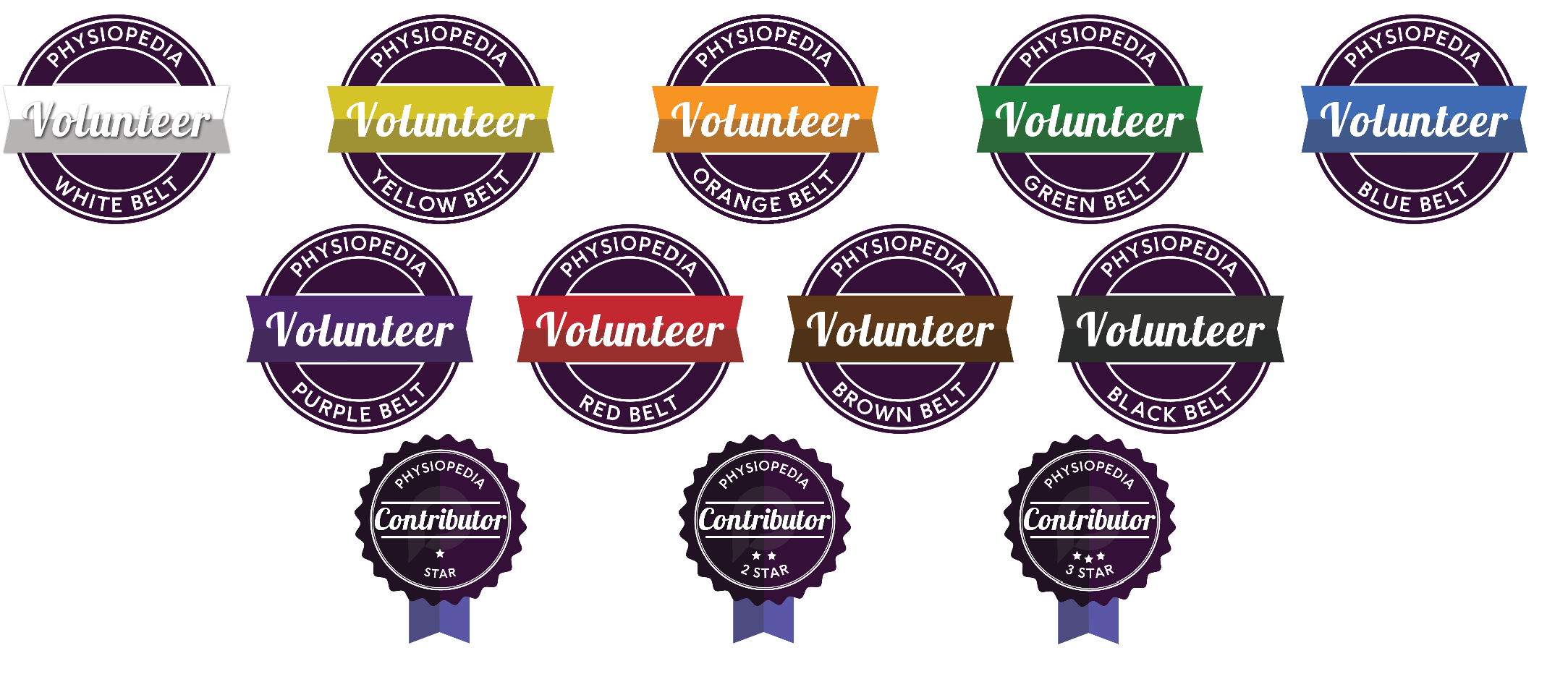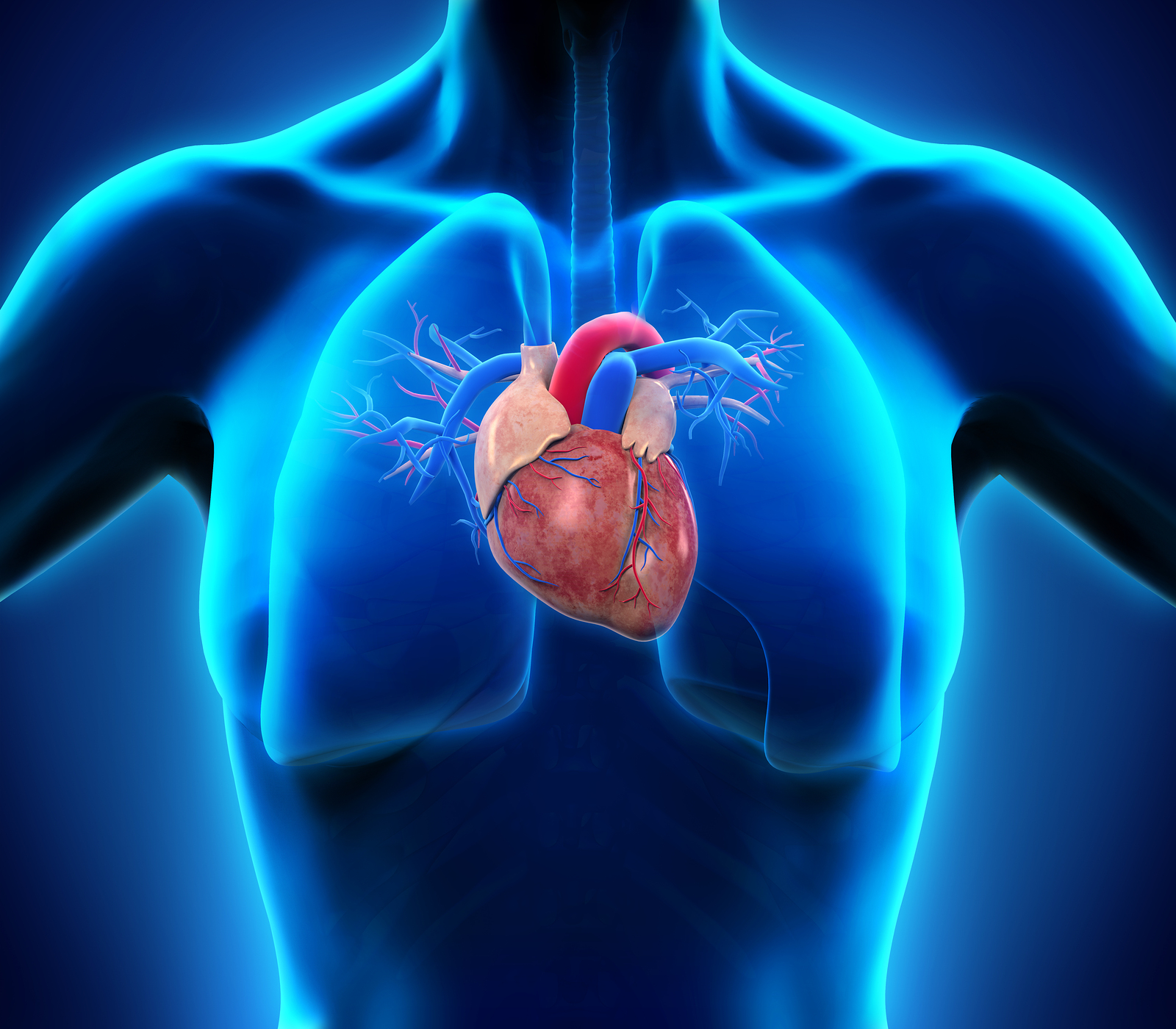
We recently finished another round of the increasingly popular Physiopedia Volunteer Orientation Course. As part of the final assignment members were tasked to write an original piece of work to share with the profession, the contributions were of the highest quality. Below is the great piece of work written by Mandy Roscher.
Physiotherapists having been successfully helping women with pelvic floor dysfunction for a long time. Men’s Health Physiotherapy is now slowly gaining momentum. With more research being done every year we are realising that interventions focused on the pelvic floor muscles can help with a variety of pelvic problems in men. Cohen et al, 2015 published a literature review that introduces the readers to the basic functional anatomy of a male pelvic floor, its relationship to sexual function and how pelvic floor muscle rehabilitation can help.
How Does an Erection Happen?
An erection occurs due to a complex interaction between the vascular system, the parasympathetic, sympathetic, somatic and central nervous system with hormones and the muscular system also playing a significant role. An erection occurs when blood flows into the corpus cavernosa (tubes within the penis) faster than it can leave the penis and a closed hydraulic system maintains the erection.
What Role Do The Pelvic Floor Muscles Have In Erectile Function?
All the pelvic floor muscles (superficial and deep) have shown to be active during the period of an erection and orgasm. The ischiocavernosus helps to maintain the rigidity of an erect penis and fast contraction of the bulbospongiosus muscles are important for ejaculation.
What Can Happen To The Muscles?
The pelvic floor muscles can become weaker or hypoactive or they can have a higher resting tone which is known as a hyperactive pelvic floor. Both can affect erectile function indifferent ways. Pelvic floor muscles can become weaker with age and inactivity. They can also become hypoactive from nerve damage such as post prostatectomy. If they are under active they will not be able to help maintain an erection or allow for ejaculation and orgasm. Pelvic floor muscles can become hyperactive in men with Chronic Prostatitis and Chronic Pelvic Pain Syndrome, This results in a higher resting tone or “tight” pelvic floor. It is thought that the when the pelvic floor muscles have a resting tone that is too high it may compress the lumen from the outside which will limit the blood flow to the penis thereby affecting the erection.
How Can Physiotherapy Help?
There is more and more evidence coming out that pelvic floor muscle retraining can be very effective in treating erectile dysfunction. A detailed assessment by a suitably qualified physiotherapist will determine if the pelvic floor muscles are playing a role. The most important part is to determine if the pelvic floor is hypoactive or hyperactive. Giving pelvic floor exercises will significantly improve erectile function in someone with an underactive pelvic floor but will make a hyperactive pelvic floor much worse. Men with overactive pelvic floor muscles need to work on down-training or relaxing their pelvic floor muscles rather than strengthening.
Conclusion
While the ability to achieve and maintain an erection is multifactorial, pelvic floor musclesplay a vital role. Pelvic floor muscle training has been shown to be an effective therapy in the treatment of erectile dysfunction. They could even be the missing link for some men that are struggling and have tried other interventions.
References
- Cohen D, Gonzalez J, Goldstein I. The role of pelvic floor muscles in male sexual dysfunction and pelvic pain. Sexual medicine reviews. 2016 Jan 1;4(1):53-62.https://www.smr.jsexmed.org/article/S2050-0521(15)00002-5/pdf
- Rudolph E, Boffard C, Raath C. Pelvic Floor Physical Therapy for Erectile Dysfunction—Fact or Fallacy?. The journal of sexual medicine. 2017 Jun 1;14(6):765-6.
